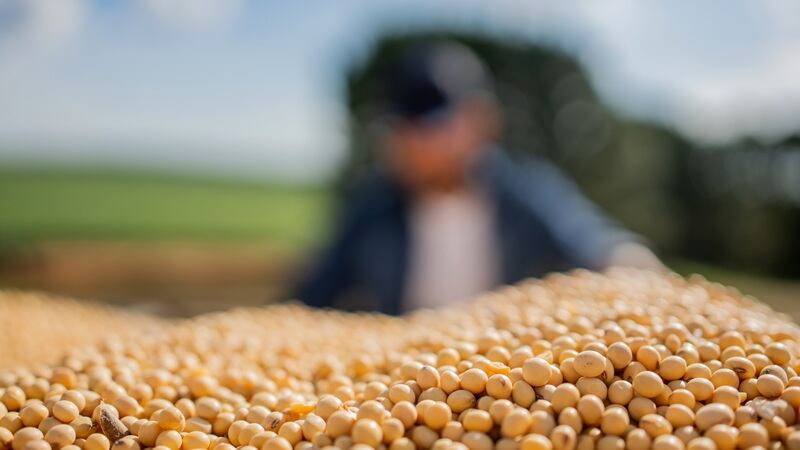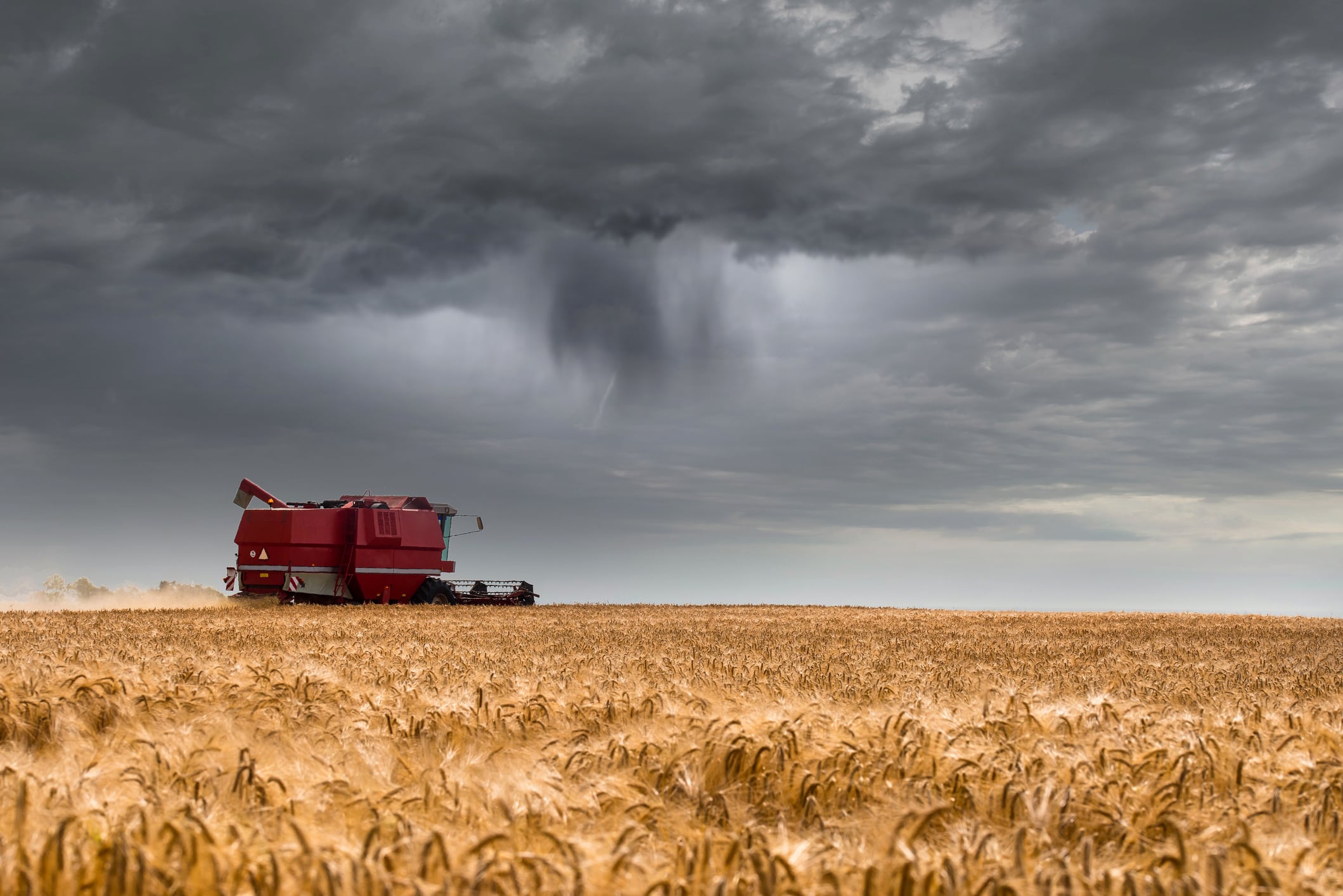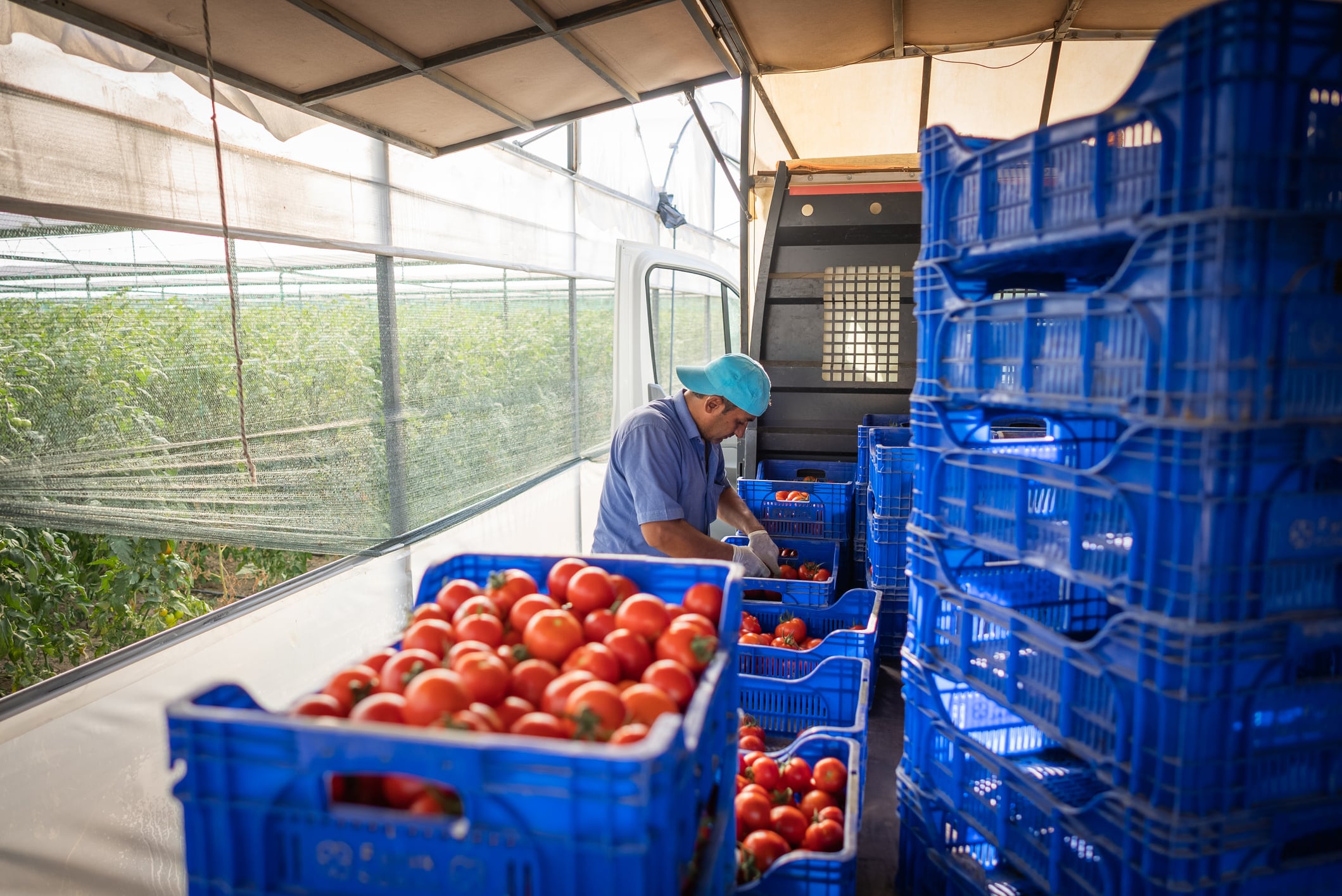Humble soybean farmers find themselves in the middle of the Trump administration’s ongoing trade negotiations with China, as government officials signal that a bailout for growers might be imminent.
Amid the trade tensions and tariffs, the U.S. “has not shipped a soybean to China since May,” as the Asian country turns to Brazil for its supply, Stephen Nicholson, global sector strategist, grains and oilseed at Rabobank, told AgTechNavigator.
This sudden pullback in soybean demand is hitting farmers, but the impact is a “tale of two cities,” Nicholson said. Soybean farmers in Iowa, Illinois, Indiana, and Ohio (i.e., parts of the corn belt) “are still doing relatively well” due to their markets being “still in place,” he added.
On the other hand, soybean farmers in the Northern Plains (Montana, North Dakota, Nebraska, South Dakota, and Wyoming) “are in a really bad situation,” as soybean prices are dropping below a dollar amid the sudden pullback, Nicholson explained. Additionally, growers in the region do not have the same level of soybean infrastructure as farmers in other parts of the world, so they cannot bounce back as easily, he added.
Farmers in the Northern Plains “cannot put [the soybean] on a railcar and run it to the PNW, and out it goes, which is the most efficient way to get it to China or to the Pacific Rim. That is not happening. So those folks are having the biggest challenge from a soybean perspective. Now, the other challenge there is, of course, you do not have the concentration of crushing facilities like you do in Iowa, Illinois, Indiana, Ohio, and even Minnesota to a lesser extent,” he elaborated.
On top of soybean-specific challenges, all U.S. farmers are feeling the pinch from tariffs with higher crop input and machinery prices, as Nicholson previously shared with AgTechNavigator.
“It is not just the soybean farmer who is getting hurt here. The corn farmer, the wheat farmer, the cotton farmer – they are getting hurt too because you are bringing in active ingredients or chemistry from China that is at a higher tariff rate, and therefore a higher price. Fertilizer prices are still high,” Nicholson said.
What a soybean farmer bailout could look like
As soybean farmers struggle to pay their bills, members of the Trump administration are raising the prospect of providing financial assistance to help growers (i.e., a bailout). A “clever and generous” bailout will be coming to farmers, Kevin Hassett, National Economic Council director, said at an Axios News Shaper event.
In the first Trump administration, the USDA conducted modeling exercises to determine the impact tariffs had on farmer prices and then offered assistance through the Market Facilitation Program, Nicholson explained. This could provide a model of what a bailout would look like this time around, he noted.
The USDA approved $14.5 billion in direct payment for impacted farmers, which was “in line with the estimated impacts of the retaliatory tariffs on – and non-tariff barriers to exports of – U.S. agricultural goods,” the government agency stated.
“It is not just the soybean farmer who is getting hurt here. The corn farmer, the wheat farmer, the cotton farmer – they are getting hurt too because you are bringing in active ingredients or chemistry from China that is at a higher tariff rate, and therefore a higher price. Fertilizer prices are still high."
Stephen Nicholson, global sector strategist, grains and oilseed at Rabobank
Direct payments to soybean farmers will improve balance sheets, but “it is not really ever going to make them whole,” Nicholson said. Additionally, government support can have a knock-on inflationary effect, similar to how government stimulus checks drove up consumer inflation, he pointed out.
“When you look at this from a farm economics perspective, it does help the balance sheet, but it also does one thing that we have seen over the years. It gets capitalized into input costs, whether it is seed or whether it is chemistry. But the big one is land ... because if you own that land, that payment comes to you. You are, in a sense, creating an inflationary environment within the farm because of this influx of cash from the federal government,” Nicholson elaborated.
When it comes to planning the 2026/27 harvest, many farmers will have to decide if they will still plant soybeans amid trade challenges and limited export markets, Nicholson explained. However, farmers in the U.S. Corn Belt might still plant soybeans as a rotational crop for nitrogen fixing, which “helps reduce fertilizer cost for corn,” he noted.
“If you are in North Dakota and South Dakota, you are going, ‘I’m not sure that soybeans are a good place for me to be because I don’t have the extent of the market I’d like to have,’” Nicholson noted.
A bailout for Argentina but not farmers?
As U.S. soybean farmers wait to hear whether they’ll receive financial assistance, the Trump administration is bailing out someone else – Argentine President Javier Milei.
The U.S. Treasury purchased $20 billion worth of Argentine pesos in a currency swap agreement to stabilize the country’s financial markets, while leaving the door open for another $20 billion in assistance, the AP reported. This also comes as Argentina eased its export taxes, allowing China to purchase soybeans from the Latin American country, which is experiencing agricultural growth with “two years of good crops,” Nicholson noted.
The American Soybean Association called out the currency swapping, saying that “frustration is overwhelming” for farmers in a prepared statement.
Argentina’s export tax is supposed to return at the end of October, but Milei’s political future and reelection efforts could change that, Nicholson pointed out.
“I do not think we can discount what a president will do in the midst of a reelection campaign. And I think that is the other piece — the politics there. He is trying to get reelected, so he may do something that is a little bit unheard of,” he elaborated.





